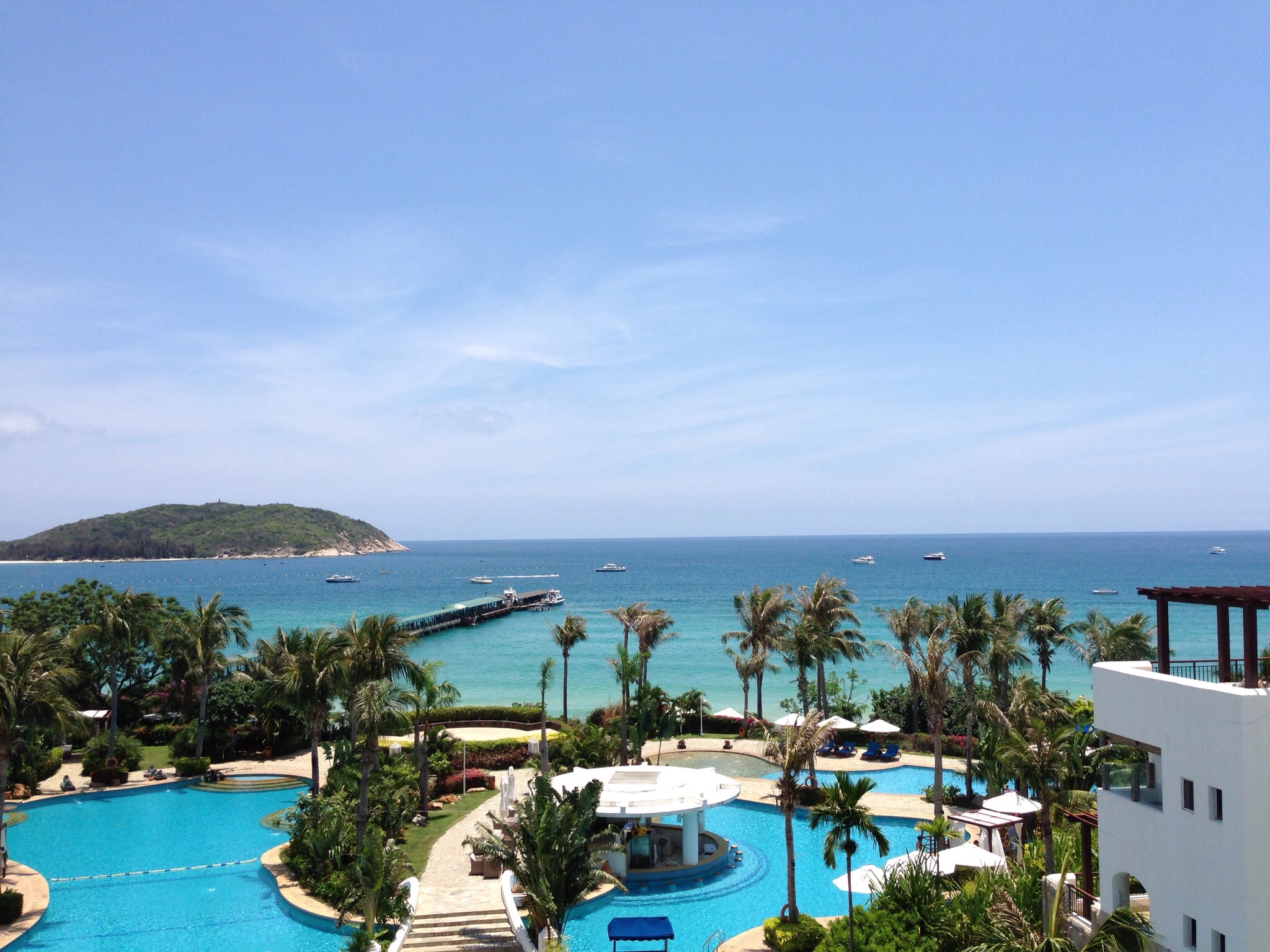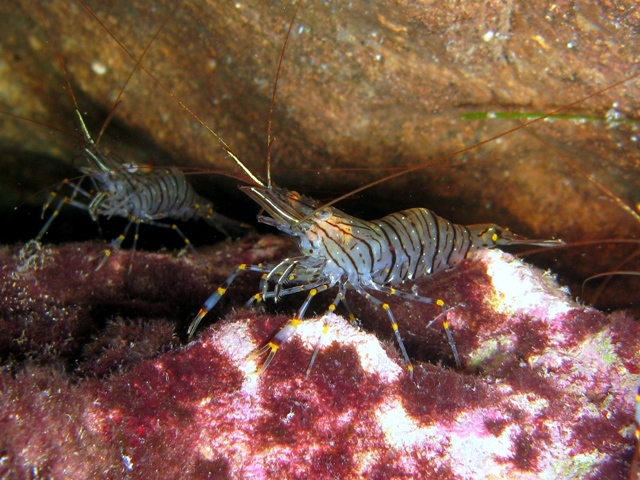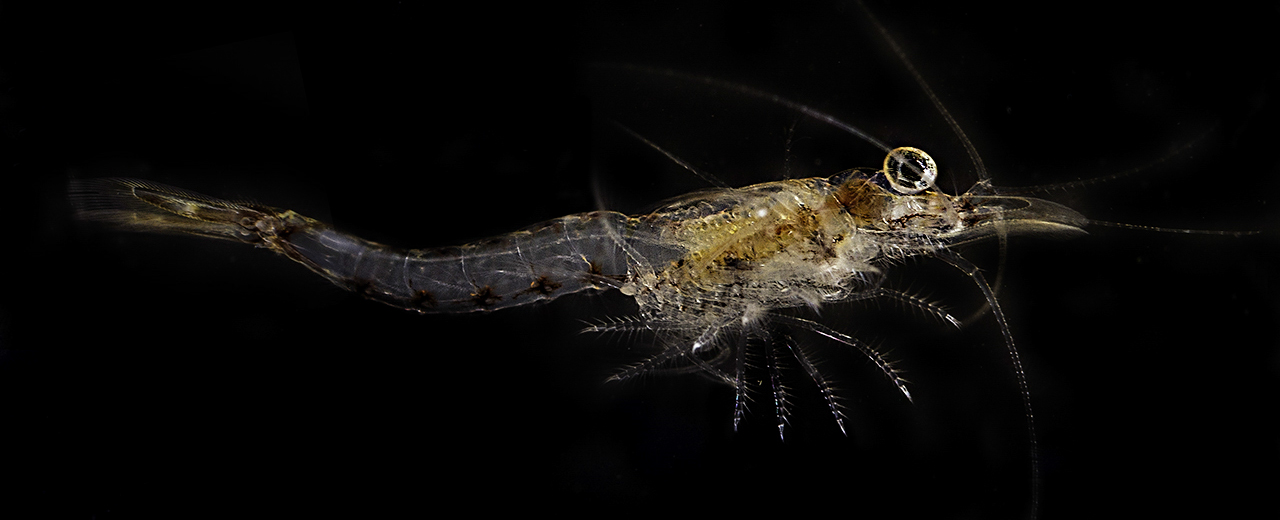|
Hippocampus Casscsio
''Hippocampus casscsio'', the Beibu Bay seahorse, is a species of marine fish of the family Syngnathidae. It is found off the coast of Hainan, China, and from sites around Beibu Bay/ the Gulf of Tonkin. It inhabits shallow coastal waters to depths of . It is expected to consume small benthic and planktonic crustaceans such as copepods, shrimps, and mysids, similar to other seahorses. This species is ovoviviparous Ovoviviparity, ovovivipary, ovivipary, or aplacental viviparity is a term used as a "bridging" form of reproduction between egg-laying oviparous and live-bearing viviparous reproduction. Ovoviviparous animals possess embryos that develop insi ..., with males brooding eggs in a brood pouch before giving birth to live young. It grows to a length of . References Further readingWoRMS [...More Info...] [...Related Items...] OR: [Wikipedia] [Google] [Baidu] |
Syngnathidae
The Syngnathidae is a family of fish which includes seahorses, pipefishes, and seadragons ('' Phycodurus'' and '' Phyllopteryx''). The name is derived from grc, σύν (), meaning "together", and (), meaning "jaw". The fused jaw is one of the traits that the entire family have in common. Description and biology Syngnathids are found in temperate and tropical seas across the world. Most species inhabit shallow, coastal waters, but a few are known from the open ocean, especially in association with sargassum mats. They are characterised by their elongated snouts, fused jaws, the absence of pelvic fins, and by thick plates of bony armour covering their bodies. The armour gives them a rigid body, so they swim by rapidly fanning their fins. As a result, they are relatively slow compared with other fish but are able to control their movements with great precision, including hovering in place for extended periods. Uniquely, after syngnathid females lay their eggs, the male then f ... [...More Info...] [...Related Items...] OR: [Wikipedia] [Google] [Baidu] |
Hainan
Hainan (, ; ) is the smallest and southernmost province of the People's Republic of China (PRC), consisting of various islands in the South China Sea. , the largest and most populous island in China,The island of Taiwan, which is slightly larger, is claimed but not controlled by the PRC. It is instead controlled by the Republic of China, a '' de facto'' separate country. makes up the vast majority (97%) of the province. The name means "south of the sea", reflecting the island's position south of the Qiongzhou Strait, which separates it from Leizhou Peninsula. The province has a land area of , of which Hainan the island is and the rest is over 200 islands scattered across three archipelagos: Zhongsha, Xisha and Nansha. It was part of Guangdong from 1950–88, after which it resumed as a top-tier entity and almost immediately made the largest Special Economic Zone by Deng Xiaoping as part of the then-ongoing Chinese economic reform program. Indigenous peopl ... [...More Info...] [...Related Items...] OR: [Wikipedia] [Google] [Baidu] |
Beibu Bay
The Gulf of Tonkin is a gulf at the northwestern portion of the South China Sea, located off the coasts of Tonkin (northern Vietnam) and South China. It has a total surface area of . It is defined in the west and northwest by the northern coastline of Vietnam down to the Hòn La Island, in the north by China's Guangxi Zhuang Autonomous Region, and to the east by the Leizhou Peninsula and Hainan Island. Etymology The name ''Tonkin'', written "" in Hán-Nôm characters and in the Vietnamese alphabet, means "eastern capital", and is the former toponym for Hanoi, the present capital of Vietnam. It should not to be confused with Tokyo, which is also written "" and also means "eastern capital". During the French colonial era, the northern region of today’s Vietnam was called ''Tonkin''. ''Bắc Bộ'' is the native Vietnamese name of Tonkin. The bay's Vietnamese and Chinese names – and , respectively – both mean "Northern Bay". History Gulf of Tonkin incident On 4 ... [...More Info...] [...Related Items...] OR: [Wikipedia] [Google] [Baidu] |
The Gulf Of Tonkin
The Gulf of Tonkin is a gulf at the northwestern portion of the South China Sea, located off the coasts of Tonkin (northern Vietnam) and South China. It has a total surface area of . It is defined in the west and northwest by the northern coastline of Vietnam down to the Hòn La Island, in the north by China's Guangxi Zhuang Autonomous Region, and to the east by the Leizhou Peninsula and Hainan Island. Etymology The name ''Tonkin'', written "" in Hán-Nôm characters and in the Vietnamese alphabet, means "eastern capital", and is the former toponym for Hanoi, the present capital of Vietnam. It should not to be confused with Tokyo, which is also written "" and also means "eastern capital". During the French colonial era, the northern region of today’s Vietnam was called ''Tonkin''. ''Bắc Bộ'' is the native Vietnamese name of Tonkin. The bay's Vietnamese and Chinese names – and , respectively – both mean "Northern Bay". History Gulf of Tonkin incident On 4 ... [...More Info...] [...Related Items...] OR: [Wikipedia] [Google] [Baidu] |
The IUCN Red List Of Threatened Species
The International Union for Conservation of Nature (IUCN) Red List of Threatened Species, also known as the IUCN Red List or Red Data Book, founded in 1964, is the world's most comprehensive inventory of the global conservation status of biological species. It uses a set of precise criteria to evaluate the extinction risk of thousands of species and subspecies. These criteria are relevant to all species and all regions of the world. With its strong scientific base, the IUCN Red List is recognized as the most authoritative guide to the status of biological diversity. A series of Regional Red Lists are produced by countries or organizations, which assess the risk of extinction to species within a political management unit. The aim of the IUCN Red List is to convey the urgency of conservation issues to the public and policy makers, as well as help the international community to reduce species extinction. According to IUCN the formally stated goals of the Red List are to provide ... [...More Info...] [...Related Items...] OR: [Wikipedia] [Google] [Baidu] |
Benthic
The benthic zone is the ecological region at the lowest level of a body of water such as an ocean, lake, or stream, including the sediment surface and some sub-surface layers. The name comes from ancient Greek, βένθος (bénthos), meaning "the depths." Organisms living in this zone are called benthos and include microorganisms (e.g., bacteria and fungi) as well as larger invertebrates, such as crustaceans and polychaetes. Organisms here generally live in close relationship with the substrate and many are permanently attached to the bottom. The benthic boundary layer, which includes the bottom layer of water and the uppermost layer of sediment directly influenced by the overlying water, is an integral part of the benthic zone, as it greatly influences the biological activity that takes place there. Examples of contact soil layers include sand bottoms, rocky outcrops, coral, and bay mud. Description Oceans The benthic region of the ocean begins at the shore line (intertida ... [...More Info...] [...Related Items...] OR: [Wikipedia] [Google] [Baidu] |
Planktonic
Plankton are the diverse collection of organisms found in water (or air) that are unable to propel themselves against a current (or wind). The individual organisms constituting plankton are called plankters. In the ocean, they provide a crucial source of food to many small and large aquatic organisms, such as bivalves, fish and whales. Marine plankton include bacteria, archaea, algae, protozoa and drifting or floating animals that inhabit the saltwater of oceans and the brackish waters of estuaries. Freshwater plankton are similar to marine plankton, but are found in the freshwaters of lakes and rivers. Plankton are usually thought of as inhabiting water, but there are also airborne versions, the aeroplankton, that live part of their lives drifting in the atmosphere. These include plant spores, pollen and wind-scattered seeds, as well as microorganisms swept into the air from terrestrial dust storms and oceanic plankton swept into the air by sea spray. Though many plan ... [...More Info...] [...Related Items...] OR: [Wikipedia] [Google] [Baidu] |
Crustaceans
Crustaceans (Crustacea, ) form a large, diverse arthropod taxon which includes such animals as decapods, seed shrimp, branchiopods, fish lice, krill, remipedes, isopods, barnacles, copepods, amphipods and mantis shrimp. The crustacean group can be treated as a subphylum under the clade Mandibulata. It is now well accepted that the hexapods emerged deep in the Crustacean group, with the completed group referred to as Pancrustacea. Some crustaceans ( Remipedia, Cephalocarida, Branchiopoda) are more closely related to insects and the other hexapods than they are to certain other crustaceans. The 67,000 described species range in size from '' Stygotantulus stocki'' at , to the Japanese spider crab with a leg span of up to and a mass of . Like other arthropods, crustaceans have an exoskeleton, which they moult to grow. They are distinguished from other groups of arthropods, such as insects, myriapods and chelicerates, by the possession of biramous (two-parted) limb ... [...More Info...] [...Related Items...] OR: [Wikipedia] [Google] [Baidu] |
Copepods
Copepods (; meaning "oar-feet") are a group of small crustaceans found in nearly every freshwater and saltwater habitat. Some species are planktonic (inhabiting sea waters), some are benthic (living on the ocean floor), a number of species have parasitic phases, and some continental species may live in limnoterrestrial habitats and other wet terrestrial places, such as swamps, under leaf fall in wet forests, bogs, springs, ephemeral ponds, and puddles, damp moss, or water-filled recesses ( phytotelmata) of plants such as bromeliads and pitcher plants. Many live underground in marine and freshwater caves, sinkholes, or stream beds. Copepods are sometimes used as biodiversity indicators. As with other crustaceans, copepods have a larval form. For copepods, the egg hatches into a nauplius form, with a head and a tail but no true thorax or abdomen. The larva molts several times until it resembles the adult and then, after more molts, achieves adult development. The nauplius form i ... [...More Info...] [...Related Items...] OR: [Wikipedia] [Google] [Baidu] |
Shrimps
Shrimp are crustaceans (a form of shellfish) with elongated bodies and a primarily swimming mode of locomotion – most commonly Caridea and Dendrobranchiata of the decapod order, although some crustaceans outside of this order are referred to as "shrimp". More narrow definitions may be restricted to Caridea, to smaller species of either group or to only the marine species. Under a broader definition, ''shrimp'' may be synonymous with prawn, covering stalk-eyed swimming crustaceans with long, narrow muscular tails (abdomens), long whiskers ( antennae), and slender legs. Any small crustacean which resembles a shrimp tends to be called one. They swim forward by paddling with swimmerets on the underside of their abdomens, although their escape response is typically repeated flicks with the tail driving them backwards very quickly. Crabs and lobsters have strong walking legs, whereas shrimp have thin, fragile legs which they use primarily for perching.Rudloe & Rudloe (2009), ... [...More Info...] [...Related Items...] OR: [Wikipedia] [Google] [Baidu] |
Mysids
Mysida is an order of small, shrimp-like crustaceans in the malacostracan superorder Peracarida. Their common name opossum shrimps stems from the presence of a brood pouch or "marsupium" in females. The fact that the larvae are reared in this pouch and are not free-swimming characterises the order. The mysid's head bears a pair of stalked eyes and two pairs of antennae. The thorax consists of eight segments each bearing branching limbs, the whole concealed beneath a protective carapace and the abdomen has six segments and usually further small limbs. Mysids are found throughout the world in both shallow and deep marine waters where they can be benthic or pelagic, but they are also important in some fresh water and brackish ecosystems. Many benthic species make daily vertical migrations into higher parts of the water column. Mysids are filter feeders, omnivores that feed on algae, detritus and zooplankton. Some mysids are cultured in laboratories for experimental purposes and ... [...More Info...] [...Related Items...] OR: [Wikipedia] [Google] [Baidu] |
Seahorses
A seahorse (also written ''sea-horse'' and ''sea horse'') is any of 46 species of small marine fish in the genus ''Hippocampus''. "Hippocampus" comes from the Ancient Greek (), itself from () meaning "horse" and () meaning "sea monster" or "sea animal". Having a head and neck suggestive of a horse, seahorses also feature segmented bony armour, an upright posture and a curled prehensile tail. Along with the pipefishes and seadragons ('' Phycodurus'' and '' Phyllopteryx'') they form the family Syngnathidae. Habitat Seahorses are mainly found in shallow tropical and temperate salt water throughout the world, from about 45°S to 45°N. They live in sheltered areas such as seagrass beds, estuaries, coral reefs, and mangroves. Four species are found in Pacific waters from North America to South America. In the Atlantic, '' Hippocampus erectus'' ranges from Nova Scotia to Uruguay. '' H. zosterae'', known as the dwarf seahorse, is found in the Bahamas. Colonies have b ... [...More Info...] [...Related Items...] OR: [Wikipedia] [Google] [Baidu] |







.jpg)